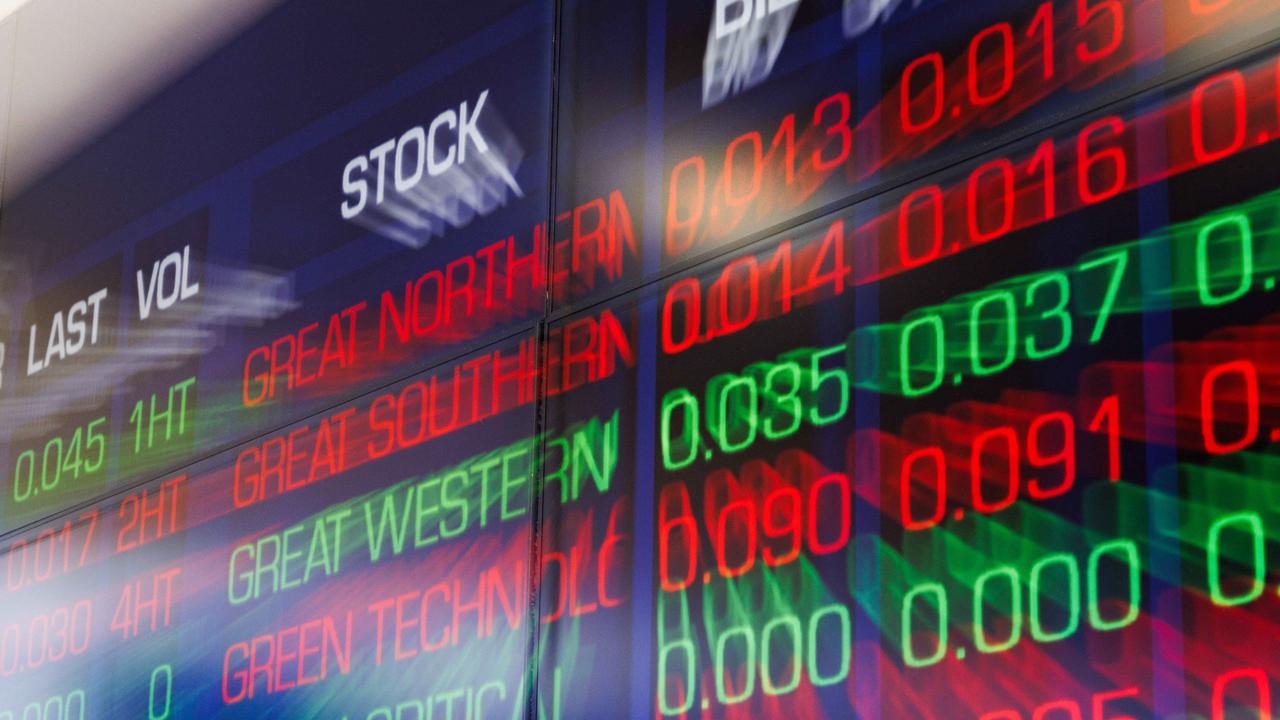Aussie economy left behind under Albanese
While US and Europe bounce back from tough economic times, Australia is fighting a losing battle. There’s two reasons why its set to get a whole lot worse next year.
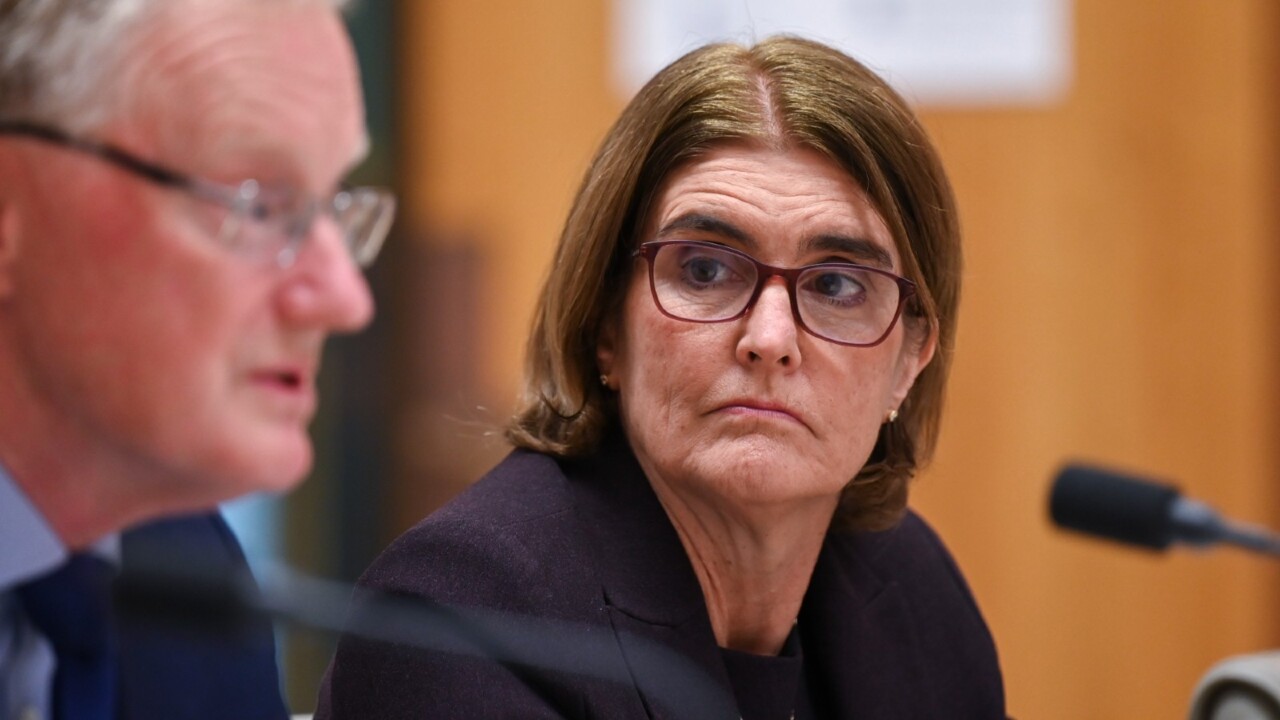
Economy
Don't miss out on the headlines from Economy. Followed categories will be added to My News.
ANALYSIS
There was once a time in Australia when all Canberra policymakers worried about was interest rates.
The cause for their worry was Australia’s world-beating household debt, which played out as political anxiety over rising interest rates.
Conventional wisdom suggests that the Howard Government’s failed promise to keep rates low caused its pre-GFC election loss.
But, one could be forgiven for concluding that the Albanese Government no longer shares this view.
Its preoccupations with mass immigration, corporate grovelling and public spending show no concern for the interest rate pain of households.
So much so that as we enter 2024, the developed world is increasingly likely to enjoy material interest rate relief, while Australian households may face the opposite.
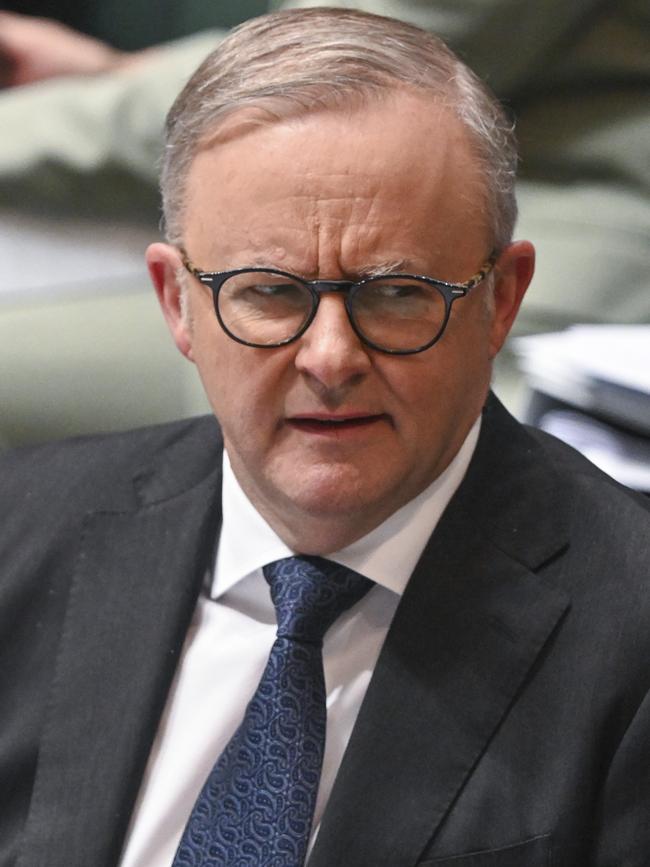
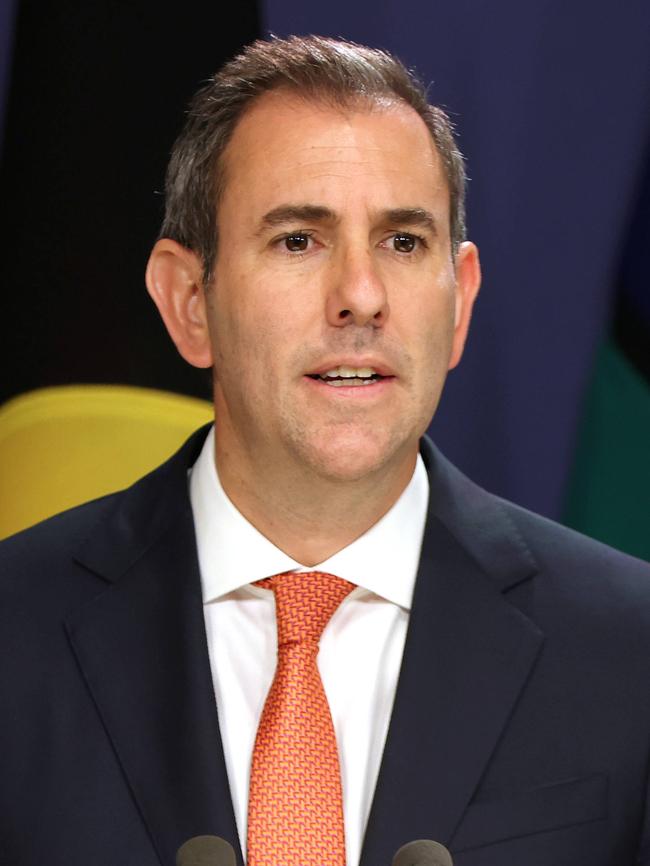
US and Europe relief
2023 has been a story of remarkable US economic resilience. Fed by investment into supply chains to decouple from China, the US economy has weathered an additional one per cent higher interest rates after the sharp rises of 2022.
That story is now ending as the US economy comes into land. Some see it as a hard landing and some as a soft landing, but a landing it is, and that will be bumpy regardless.
US interest rate futures markets are now pricing four rate cuts next year, and the balance of risks is tilting towards more, not less, as inflation ebbs.
Meanwhile, Europe’s economic and inflation story was very different.
In 2023, a fragile economy was plagued by supply-side inflation emanating from the Ukraine War.
However, that also looks much more rosy and European inflation is crashing.
Futures markets are pricing a total two per cent rate relief from mid-2024 in Europe.
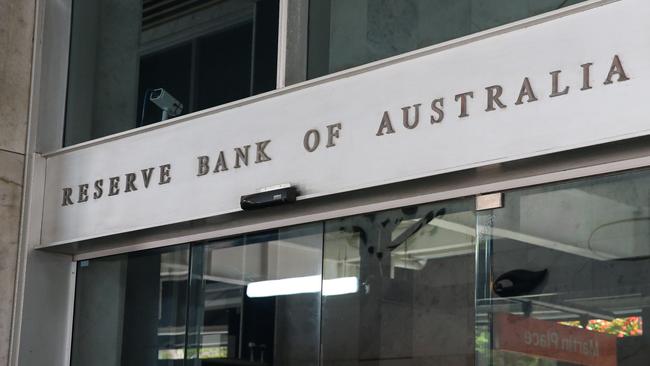
Poor little Australia
Sadly for Australian households, the local economy has decoupled from these good news stories.
Inflation is proving stickier and much more homegrown than other developed nations.
Bizarrely, as the European energy crisis ends, it continues in Australia.
The Albanese Government’s failure to secure cheap Australian energy resources for home use during the Ukraine War is still shocking utility bills.
There is relief in sight, but it will not arrive until late 2024.
Worse, the Albanese Government’s doubling down on the quantitative peopling national growth strategy over reforming for productivity growth has released a deluge of inflation through all levels of housing and construction.

These two uniquely Albanese inflation forces now comprise half of Australian inflation. The government has responded by using subsidies to offset the price pressures instead of resolving the causes.
This has done little to impress interest rate futures markets that are pricing no rate relief for Australians until 2025, and even then, only one cut.
If interest rate rises cost the seasoned Howard Government power, what is the public going to do to Albo’s inflationist rookies when they get the chance?
David Llewellyn-Smith is Chief Strategist at the MB Fund and MB Super. David is the founding publisher and editor of MacroBusiness and was the founding publisher and global economy editor of The Diplomat, the Asia Pacific’s leading geopolitics and economics portal. He is the co-author of The Great Crash of 2008 with Ross Garnaut and was the editor of the second Garnaut Climate Change Review.
Originally published as Aussie economy left behind under Albanese




